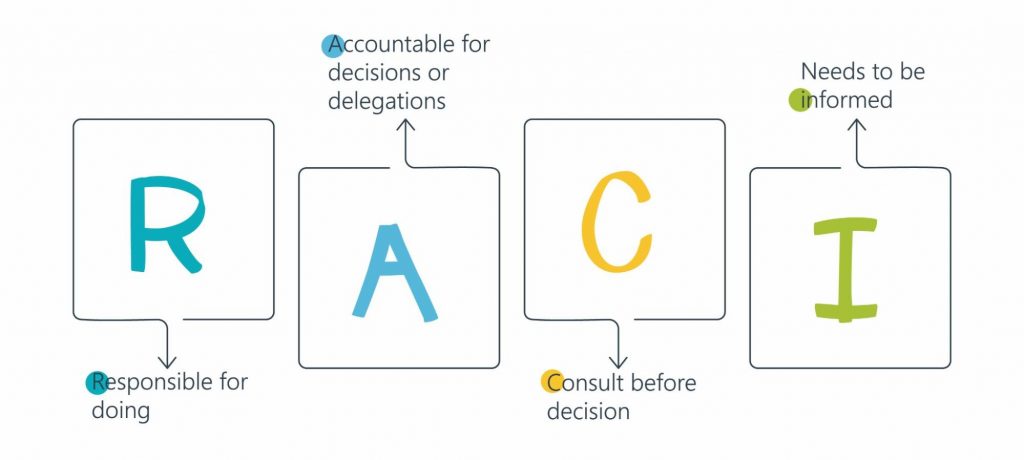Project management is an essential yet complex practice in today’s business world. It is an invaluable asset and when utilized effectively can yield countless benefits for any organization, including increase in productivity, efficiency, along with reduced costs and workload to name a few. Sounds pretty important, right?
But what does project management really mean? The discipline of project management is more complex than just managing projects or ensuring that tasks are getting completed. While those ideologies are technically correct, the Project Management Institute defines it as “the use of specific knowledge, skills, tools and techniques to deliver something of value to people.” The development of software for an improved business process, the construction of a building, the relief effort after a natural disaster, the expansion of sales into a new geographic market—these are all examples of projects.
However, managing projects can be a daunting task, especially if you have minimal training or experience beforehand. But you don’t need to be a certified Project Manager to implement some basic practices within your organization. With the guidance of these project management principles, you too can manage any project from conception to completion.
The Framework of Project Management

Before we dive into the principles, it’s important to understand the steps or phases of the project management process that governs all projects. These phases make up the life cycle of a project with each phase consisting of specific project objectives, results, deliverables, processes and milestones.
At its simplest level, PMI breaks the entire process down into five broad areas:
- Initiation – The process of outlining your project and obtaining proper approval to begin.
- Planning – The process of developing your project management plan to reach your project goals.
- Execution – The process of completing work as defined in your project management plan.
- Monitoring & Controlling – The process of reviewing and tracking the progress of predetermined work while accounting for unplanned changes.
- Closing – The process of completing the project work and receiving approval from the stakeholder.
Think of the above as a high-level review of the key concepts of project management and methodologies. Without these concepts, it feels like being given step-by-step instructions and resources without knowing what the end product should look like. And when you don’t understand what you’re building, you’re more likely to mess up and cause the whole thing to come crashing down.
The Basic Principles of Project Management
Now that you understand the project management basics, let’s get into the 5 principles you need to consider when developing your next project.
Principle #1: Create clear and concise project objectives and goals

Every project needs goals that are clearly defined, concise and most importantly, measurable. Start by asking yourself questions like “What do I want to achieve?” or “What is the purpose of this initiative?” Determining what you intend to accomplish will help you develop your overall structure of the project moving forward.
The best way to create project goals is to use the S.M.A.R.T. criteria, which stands for:
Specific Measurable Attainable Realistic and Time-Bound. If your goals don’t meet every aspect of the SMART criteria, they are likely not fleshed out enough to achieve successful delivery.
In addition to outlining what you hope to accomplish in your project, determining your objective will also help you understand what deliverables you’ll need to complete in order to achieve your goals.
Principle #2 Create an integrated plan that outlines the action required in order to reach the goal

Once you determine your project objectives and goals, you’ll begin planning how to accomplish your mission, along with identifying any constraints you may face along the way. This comprehensive plan should include specific details on your schedule, budget, and any resources required.
The schedule should include all of the tasks required for the project, how long each will take and the interrelationship they have with one another. When planning your schedule, consider factors such as holidays, vacations, bandwidth, and prior project commitments. Developing a detailed schedule will help you realize the team’s actual hours you’ll have at your disposal.
Your budget is inextricably linked to your project schedule, so budget your financial resources accordingly, giving yourself some room for unexpected expenses, and take reasonable measures to save costs during the course of your project. These costs may be in dollars, in labor, in materials, or in equipment, all of which can be translated into costs.
Principle #3 Define team responsibilities and stakeholder requirements

As a project manager, it is important to define and assign clear roles and responsibilities for your project team. Few things cause more confusion and tension on a team than a lack of clarity on roles, responsibilities and any rules or expectations to be mindful of along the way. Two forms/documents can be created to include these details.
For project team members, a RACI chart can be created to define the roles and responsibilities of everyone involved in a project. RACI stands for: Responsible, Accountable, Consult and Informed. In a RACI chart, team members are listed along the top, with tasks along the sides. Each member is assigned a letter (R, A, C, I) according to their role for each job.
A second document, the stakeholder register, describes who is affected by the project, and their effect and impact on the project. It includes stakeholders outside the primary team, as well as important information such as the following:
- Communication preference (type and frequency)
- Contact information
- Level of influence on the project
- Engagement level with the project
- Their role within the company
- Other relevant details or information
Principle #4 Identify risks and manage project changes

As you may have discovered, project management is a continuous planning process and even includes planning for risks and changes that may arise throughout a project’s life cycle. Risks can affect your resources, technology or processes, so it’s important to evaluate these risks early so that you can mitigate them at the beginning of your project rather than be caught off guard later. A risk management plan can help alleviate this outcome by identifying, evaluating and monitoring risks and deciding upon action plans to implement if they occur.
While you can plan for potential risks, it’s nearly impossible to predict unforeseen changes to a project or its priorities to occur. The best way to manage this project management principle is by remaining flexible and ready to change your approach when something unexpected happens. This could come in the form of an unexpected budget cut, a new direction from the executive team, or urgent requests that drains some of your team’s bandwidth. To minimize the impact, be ready to adapt and use your skill set, knowledge and instincts in order to react quickly and productively when something goes wrong.
Principle #5 Measure success

Project success is a subjective element and can mean different things to different people. It is best expressed at the beginning of a project in terms of key and measurable criteria upon which the relative success (or failure) of the project may be judged.
Projects typically have three basic components: cost, schedule, and scope. When planning out these three components, it’s imperative to set baselines, otherwise known as KPI’s, (key performance indicators) to measure them against. These three components all affect one another. So if your scope changes, then your schedule and cost will need to change as well in order to make room for that adjustment. Having a baseline will help you keep these three components in check during the execution phase of your project, even when you need to make changes to your project.
In Conclusion
There are many other project management principles to consider when planning a project, however, I believe these five basic principles provide you a roadmap towards success for any project, regardless of the industry. Whether you are a project manager professional or occasionally lead projects for your organization, keep these principles in mind and be sure to subscribe to our blog to be notified when future project management articles are released.


